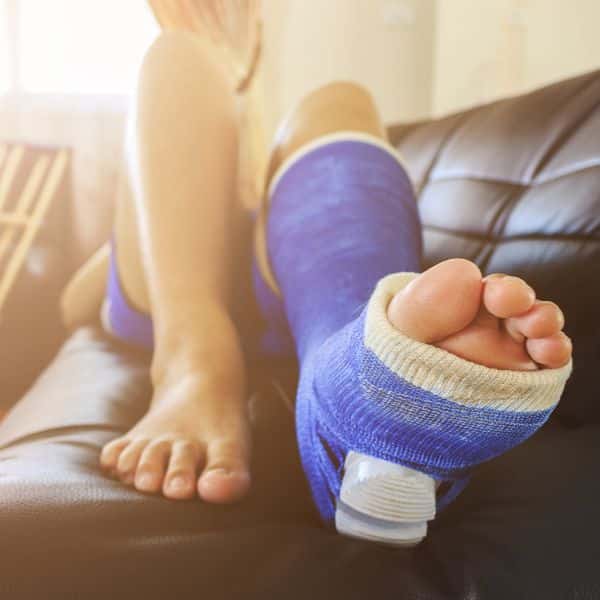Achilles tendinitis is one of the most common causes of heel and lower leg pain, particularly among people who run, walk long distances, or take part in sports that involve sudden starts and stops. The condition occurs when the Achilles tendon — the large band of tissue connecting your calf muscles to your heel bone — becomes inflamed or irritated. While achilles tendinitis can affect anyone, it’s especially common in those who suddenly increase their activity levels or wear unsupportive footwear.
Understanding Achilles Tendinitis and Its Symptoms
The Achilles tendon is vital for everyday movement, helping you walk, run, jump, and push off your foot. When it becomes overused or strained, small tears can develop, leading to inflammation, stiffness, and pain known as achilles tendinitis. Symptoms typically begin with a dull ache above the heel or in the lower calf after physical activity. Over time, this discomfort can become sharper and more persistent, especially first thing in the morning or after long periods of inactivity.
You may notice swelling around the tendon, tenderness when touched, or a feeling of tightness in the calf. In more severe cases, there may be a noticeable thickening of the tendon or creaking sensations when moving the ankle. If ignored, chronic inflammation can lead to degeneration of the tendon tissue — a condition known as tendinosis — or even a partial rupture.
How Achilles Tendinitis Is Diagnosed and Treated
Diagnosis usually involves a physical examination to assess tenderness, swelling, and flexibility, along with questions about recent changes in activity or footwear. In some cases, an ultrasound or MRI may be used to confirm the extent of the injury.
Treatment for achilles tendinitis focuses on reducing inflammation, promoting healing, and preventing recurrence. Rest is essential in the early stages to allow the tendon to recover, often combined with ice therapy to ease swelling. Gentle stretching and strengthening exercises, particularly eccentric calf raises, are often recommended once pain begins to subside, helping rebuild tendon strength and flexibility.
Footwear plays a major role in both recovery and prevention. Supportive shoes or custom orthotics can help correct biomechanical imbalances, reducing strain on the Achilles tendon. Physiotherapy may also be advised, incorporating soft tissue massage, ultrasound therapy, and mobility work. In more persistent cases, extracorporeal shockwave therapy (ESWT) or corticosteroid injections might be explored, though these are typically considered only after conservative treatments have failed.
Preventing Recurrence and Supporting Healing
Once initial pain and inflammation have eased, supporting the tendon as it heals is essential to prevent a relapse. Recovery doesn’t end when symptoms fade — the Achilles tendon remains vulnerable for some time. A structured rehabilitation plan that strengthens the calf muscles and improves ankle mobility is vital. Gentle stretching helps restore flexibility, while low-impact activities such as swimming or cycling can maintain fitness without overloading the tendon. Paying attention to proper form and gradually increasing training intensity will reduce strain on the area. Regular check-ins with a podiatrist or physiotherapist ensure your recovery stays on track and any lingering biomechanical issues are addressed before they cause further problems.
Managing Achilles Tendinitis Long-Term
Recovery from achilles tendinitis can take several weeks to months, depending on its severity. Patience is key, as returning to high-impact activity too quickly increases the risk of re-injury. Gradual reintroduction of exercise — guided by a podiatrist or physiotherapist — ensures that the tendon heals properly and regains its resilience.
Preventative strategies include maintaining flexibility in the calf muscles, warming up before physical activity, and replacing worn-out shoes regularly. Paying attention to early warning signs, such as stiffness or mild discomfort in the heel, can help catch the condition before it worsens.
At Northwich Foot Clinic, we provide professional diagnosis and treatment plans for achilles tendinitis and other causes of heel pain. Whether you’re an athlete or simply struggling with discomfort in daily life, our experienced podiatrists can help you recover safely and prevent future flare-ups.
If you’re experiencing heel or calf pain, don’t wait for it to worsen. Get in touch with Northwich Foot Clinic today for advice or to book an appointment and find out how we can help you manage and recover from achilles tendinitis.





